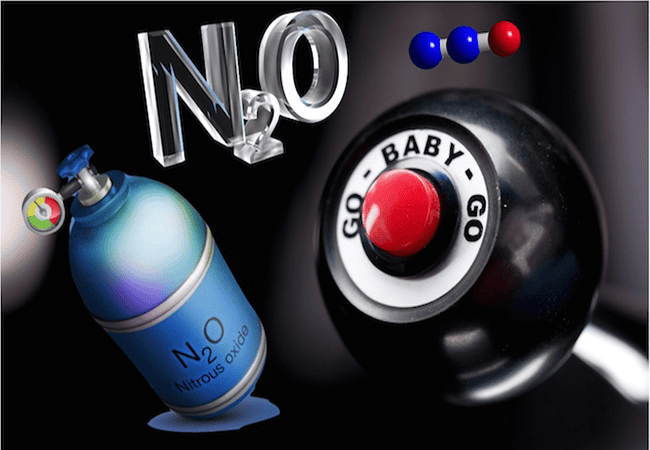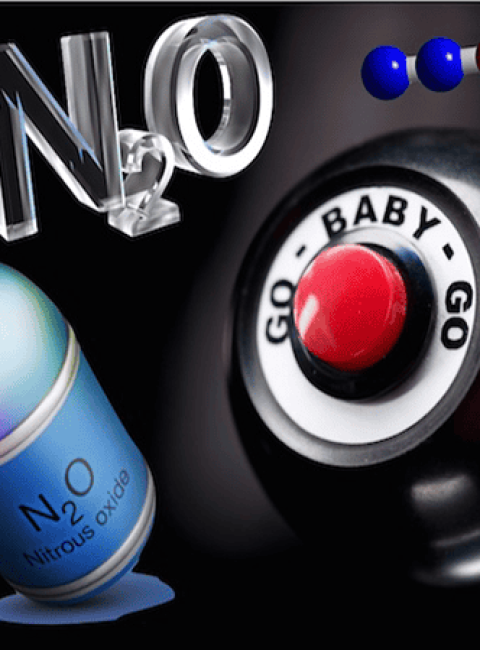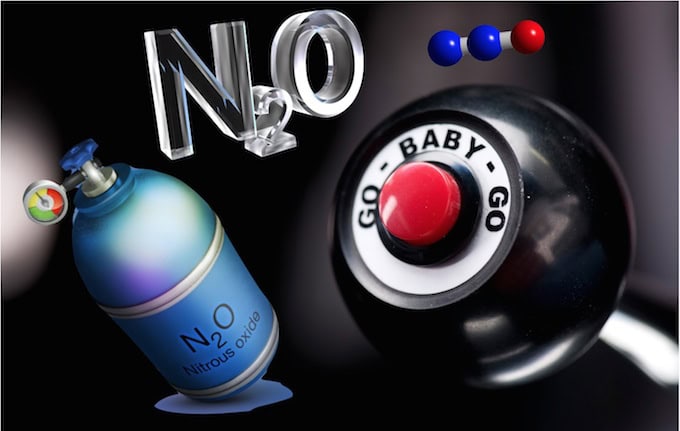powered by PiQR.io
powered by PiQR.io


In modern industry and daily life, nitrous oxide (N₂O) plays a significant role. It is widely used in food processing and also serves as an auxiliary anesthetic in the medical field. Although both are essentially the same gas, “food-grade” and “medical-grade” nitrous oxide differ significantly in terms of purity, standards, application, and regulation. This article provides a comprehensive comparison of food-grade and medical-grade nitrous oxide, helping you choose the right product scientifically based on your intended use, avoid risks, and enhance efficiency.
While both food-grade and medical-grade nitrous oxide are chemically identical, they differ greatly in application, purity, regulation, and safety requirements: Food-grade N₂O is primarily used in the culinary industry, such as for whipping cream, with a purity of 99.9% that meets food safety standards; medical-grade N₂O, used for clinical anesthesia, requires an even higher purity of 99.99%, must be sterile, and is regulated as a pharmaceutical product.
Let’s now dive into the details.

Nitrous oxide, with the chemical formula N₂O, commonly known as laughing gas, is a colorless gas with a slightly sweet taste and mild anesthetic properties. It remains stable at room temperature and pressure but decomposes into nitrogen and oxygen when exposed to high heat or electric sparks. It is widely used in the medical, food, and industrial sectors.
Chemical Properties: Oxidizing gas; non-flammable but supports combustion.
Molecular Structure: Linear; molecular weight of 44.01.
Main Applications:
Food-grade nitrous oxide is primarily used in baking, culinary, and beverage applications. Its most common usage is in whipping cream dispensers, where high-pressure N₂O causes the cream to rapidly expand, resulting in a light and fluffy texture.
Key Features of Food-Grade N₂O:
Applications:
Medical-grade N₂O is mainly used as an inhalation anesthetic, commonly combined with oxygen during surgery, dental procedures, labor, and other clinical situations. It works by depressing the central nervous system to induce sedation and anesthesia.
Key Features of Medical-Grade N₂O:
Applications:
| Item | Food-Grade N₂O | Medical-Grade N₂O |
| Application | Food, beverages, baking | Surgery, anesthesia, childbirth |
| Purity Standard | ≥99.9% | ≥99.99% |
| Impurity Control | Strictly controls odor and oil | Completely sterile, no microbial residue |
| Regulatory Compliance | Food safety certifications like E942, FDA | Pharmaceutical regulation with licenses and batch numbers |
| Packaging | Food-grade cylinders, whipping dispensers | Medical cylinders, gas delivery systems |
| Market Channels | Baking equipment suppliers, cross-border e-commerce | Medical equipment companies, hospital procurement departments |
Due to its short-term sedative effect, nitrous oxide has increasingly been misused by some young people as a recreational inhalant. Illegal inhalation can lead to nervous system damage, brain hypoxia, muscle paralysis, and even sudden death.
Several countries have classified nitrous oxide abuse as a criminal offense. For example:
Cream Deluxe’s Response Mechanism:
As a legitimate producer of food-grade N₂O, Cream Deluxe enforces a strict user identification system, prohibits sales to non-culinary or non-industrial users, and places clear warning labels on products to ensure safe use.

Rapid Growth of Food-Grade N₂O
With the rise of coffee culture, creative desserts, and molecular cuisine, global demand for food-grade gases has increased annually. Emerging markets such as Southeast Asia, Latin America, and Africa are rapidly developing consumption capacity for whipped gas products.
In addition, social media and short-video platforms like TikTok and Instagram have fueled a trend in home dessert-making, making N₂O a popular “kitchen gadget” among influencers.
Stable Expansion of Medical-Grade N₂O
Driven by improved healthcare infrastructure and aging populations, the demand for medical N₂O remains steadily increasing. Developing countries such as India, the Philippines, and Egypt are seeing rising reliance on anesthesia systems and supporting gases.
Cream Deluxe is a globally recognized brand in food-grade gases, with products sold across five continents, serving restaurant chains, coffee shops, bakeries, and DIY markets.
Our Advantages:
Whether food-grade or medical-grade, the proper use of nitrous oxide requires strong professional knowledge and regulatory compliance. Food-grade N₂O is suitable for applications like whipped cream and coffee, requiring adherence to food safety standards. Medical-grade N₂O is a component of medical device systems and must strictly follow pharmaceutical regulations.
If you’re seeking a reliable supplier of food-grade nitrous oxide, feel free to contact Cream Deluxe. We offer professional, efficient, and safe one-stop services tailored to your needs.
| Cookie | Duration | Description |
|---|---|---|
| cookielawinfo-checkbox-analytics | 11 months | This cookie is set by GDPR Cookie Consent plugin. The cookie is used to store the user consent for the cookies in the category "Analytics". |
| cookielawinfo-checkbox-functional | 11 months | The cookie is set by GDPR cookie consent to record the user consent for the cookies in the category "Functional". |
| cookielawinfo-checkbox-necessary | 11 months | This cookie is set by GDPR Cookie Consent plugin. The cookies is used to store the user consent for the cookies in the category "Necessary". |
| cookielawinfo-checkbox-others | 11 months | This cookie is set by GDPR Cookie Consent plugin. The cookie is used to store the user consent for the cookies in the category "Other. |
| cookielawinfo-checkbox-others | 11 months | This cookie is set by GDPR Cookie Consent plugin. The cookie is used to store the user consent for the cookies in the category "Other. |
| cookielawinfo-checkbox-performance | 11 months | This cookie is set by GDPR Cookie Consent plugin. The cookie is used to store the user consent for the cookies in the category "Performance". |
| viewed_cookie_policy | 11 months | The cookie is set by the GDPR Cookie Consent plugin and is used to store whether or not user has consented to the use of cookies. It does not store any personal data. |